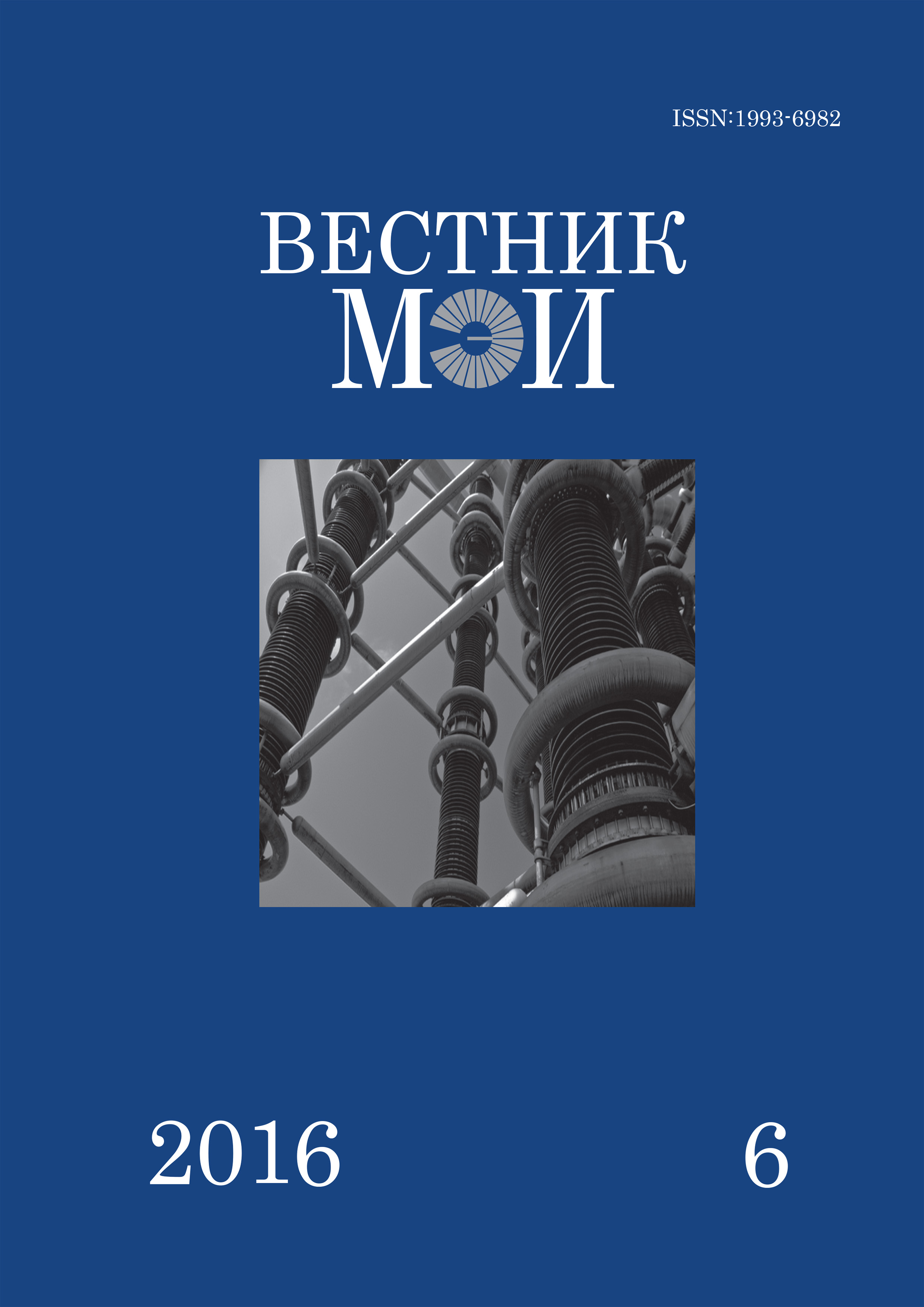Исследование работы последовательных тиристорных источников реактивной мощности в аварийных режимах
Аннотация
Для решения задачи снижения токовой загрузки отдельных ЛЭП в мировой практике используются устройства гибких линий электропередачи (FACTS). Один из способов решения поставленной задачи — применение последовательных источников реактивной мощности (ИРМ). Рассмотрена работа однофазных и трехфазных источников реактивной мощности (ИРМ), используемых в гибких линиях электропередачи (FACTS), при возникновении коротких замыканий трех типов. Приведена принципиальная возможность ограничения токов коротких замыканий при помощи последовательных ИРМ. Проведен обобщенный расчет токов коротких замыканий и определены критерии наихудших режимов. Анализ показал, что амплитуда тока через реактор и тиристоры зависит от индуктивности реактора, амплитуды и фазы напряжения короткого замыкания. Наибольшая амплитуда тока через тиристоры отмечается в тех режимах, когда момент короткого замыкания соответствует началу положительной полуволны напряжения короткого замыкания. При помощи имитационного моделирования выведены временные диаграммы характерных переходных процессов и указаны максимальные значения параметров ИРМ при различных значениях индуктивности реактора. Предложена методика определения индуктивности реактора. Показано, что устройство во всех случаях ограничивает аварийные токи, протекающие в полупроводниковых вентилях, а ток линии может быть ограничен в ряде случаев на участке с включенным ИРМ и зависит от сопротивления контура на резонансной частоте. Наибольшие токи в наихудшем режиме при одинаковых значениях индуктивности реактора протекают при трехфазном коротком замыкании в системе с трехфазным ИРМ как при КЗ на землю, так и при междуфазном КЗ. В однофазных ИРМ при трехфазном и однофазном КЗ максимальные токи одинаковы и меньше по величине.
Литература
2. Лабунцов В.А., Чаплыгин Е.Е. Компенсаторы неактивной мощности на вентилях с естественной коммутацией // Электричество. 1996. № 9. С. 55—59.
3. Чаплыгин Е.Е., Ковырзина О.С. Компенсация неактивных составляющих полной мощности дуговых сталеплавильных печей // Электричество. 2009. № 11. С. 30—38.




